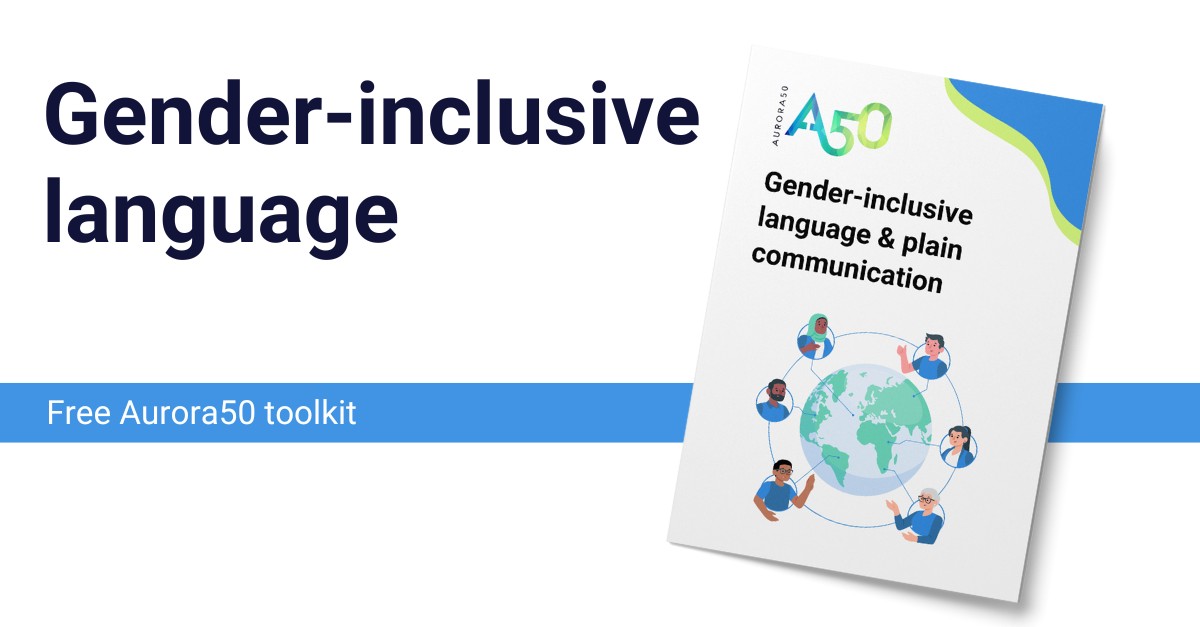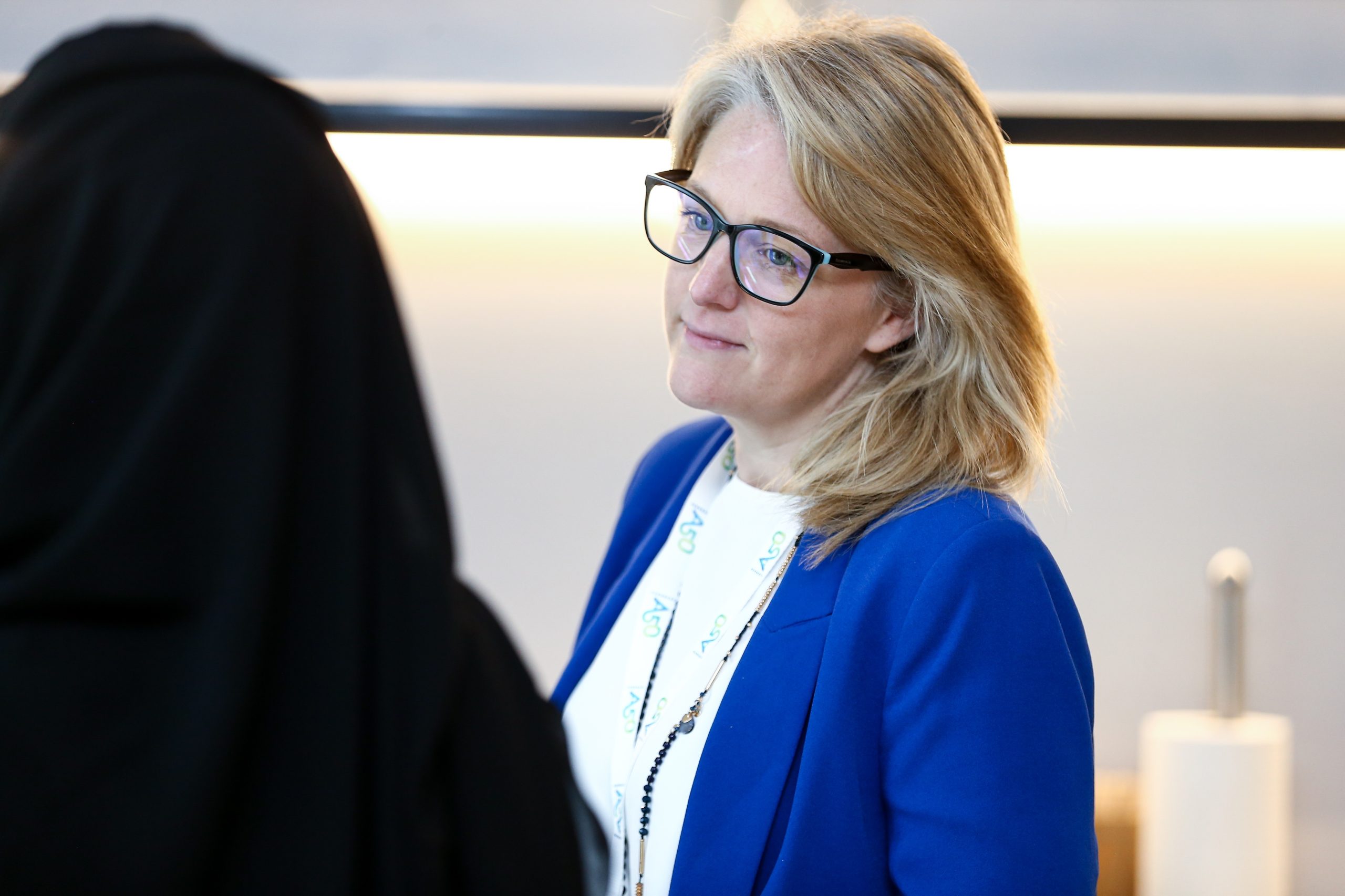





There are two sides to inclusive communication:
We are focusing on gender-inclusive (or gender-neutral) language in this free, downloadable toolkit.
Gender can seem a minefield when it comes to language. Get it wrong and you could be alienating half your audience.
English may be less gendered than other languages, but there are still plenty of gendered references:
Being inclusive also means good communication with your audience:
After ensuring your communication is gender-inclusive… pare it back even further.
“Inclusive language is better than exclusive language.”
Barack Obama, former US president
Ambiguous language and corporate ‘jibber jabber’ can make things appear unnecessarily complicated.
Simple, plain communication is easier to understand than complicated, wordy sentences.
That makes it more inclusive. And it also makes common sense.
The 1.5 – 2 billion non-native English speakers outnumber native speakers of English by five to one.
Finally don’t forget other forms of communication:
A gender-equal world is a more inclusive, diverse and equitable world. Let’s #inspireinclusion.

There is a huge opportunity for aspiring board directors, as ESCA calls for women to represent 20% of directors on listed boards – it’s time to get planning.

On Emirati Women’s Day, Diana Wilde on how her Emirati friendships have given her faith in the power of community.

Eight new private-sector companies have signed the UAE Gender Balance Council’s SDG 5 pledge.

